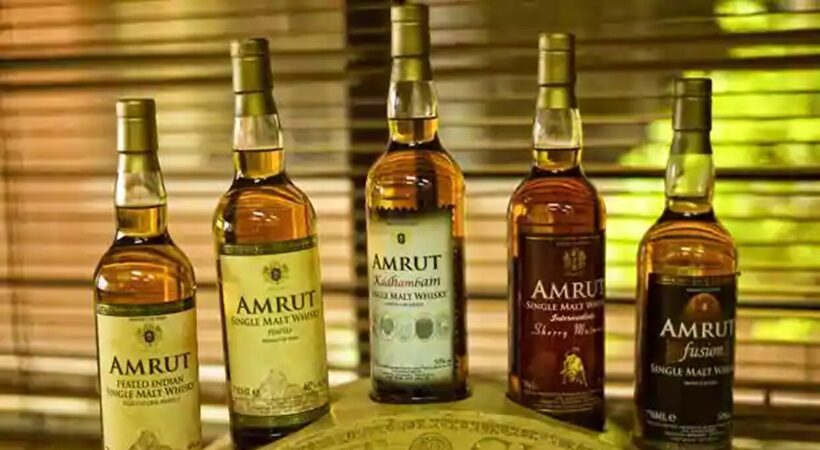Some call it whiskey and some whisky, but eventually it boils down to the appreciation as you gulp it down your throat. India is not far behind when it comes to producing some of the spectacular single malt whiskeys that have made their presence felt in the global market. Unlike Scotland, there is no specific region for booze in India as it depends on the plans laid out by the distillery to produce what, how and when.
Amrut distilleries from Bangalore are the pioneers of Indian single malt. They began in 1948 with merely a lab set up to a leading industrial house of Karnataka today.
Read More: Festive Flavors: The Different Platters To Enjoy During Indian Festivals
The name Amrut is taken from the Sanskrit word Amrit or Amrita meaning nectar of the gods or nectar of life. Single malts are made from malted barley, which can be sourced from any corner of the world but has to be made from one specific country and in one single distillery. Mostly for Amrut, the barley is sourced from the northwest part of India and allowed to age in the casks (wooden barrels) for years.
Have you ever wondered what makes these whiskies so costly? Well, it is all about Angel’s Share and rarity in the process. Angel’s Share refers to the amount of whiskey lost during the process of aging: the longer it is kept, the more evaporation takes place. As much as half of the cask can evaporate depending upon the time given to the process of aging. The aging process and the type of cask also have a huge bearing on the taste.
Launching its first product in 2004 ( Amrut Indian single malt), it now has a lot many varieties. With Amrut Fusion, which has an interesting story attached to it, you could have had a quality product at an affordable price till 2019 (INR 1900 approx) but has almost doubled now from last year.
These are the two variants available in the Indian market, other variations are sold exclusively in the international market.



















